T-AK 3015
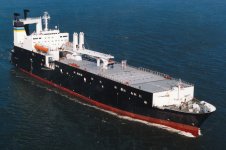

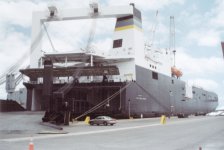
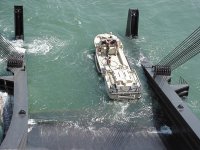
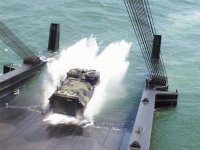
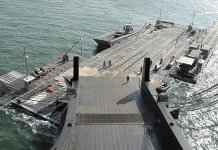
T-AK 3016
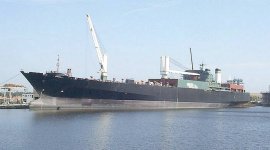




The MPF(E) procurement is a three-phase program designed to increase the capability of the three existing Maritime Prepositioning Ship squadrons through the addition of a converted ship to each of the squadrons. Phase I of the program was executed in April 1996 when the Naval Sea Systems Command awarded five engineering design contracts for the conversion of an existing ship to an MPF(E) ship. The contract award by Military Sealift Command constitutes Phase II and Phase III of the process. Phase II is the selection of a contractor to proceed with the conversion of an existing vessel, and Phase III is for the operation and maintenance of that ship for the first five years following conversion.
Acquisition and conversion of three MPF(E) ships satisfy the requirement for additional MPF cargo capacity. The specific new capabilities to be prepositioned in each MPS squadron include an expeditionary airfield, a Navy mobile construction battalion and a fleet hospital. The converted ships will be capable of simultaneous roll-on, roll-off and lift-on, lift-off operations both pierside and in-stream. Each ship will have a flight deck for helicopter operations, but will not carry operational aircraft. Prepositioning of this additional equipment with the MPS squadrons will significantly enhance Marine air-ground task force capabilities available to the war-fighting commanders.
Thirteen MSC prepositioning ships are specially configured to transport supplies for the US Marine Corps. Known as the Maritime Prepositioning Force, the 13 ships were built or modified in the mid-1980s and are on location in the western Pacific Ocean, the Indian Ocean and the Mediterranean Sea. The 13 Maritime Prepositioning Ships, or MPS, contain nearly everything the Marines need for initial military operations -- from tanks and ammunition to food and fuel to spare parts and engine oil.The MPS are organized into three squadrons, each commanded by a Navy captain. MPS Squadron One, usually located in the Atlantic Ocean or Mediterranean Sea, has four ships; MPS Squadron Two, usually located at Diego Garcia, has five ships; and MPS Squadron Three, normally in the Guam/Saipan area, has four ships.
Each MPS squadron carries sufficient equipment and supplies to sustain 17,000 Marine Corps Air Ground Task Force personnel for up to 30 days. Each ship can discharge cargo either pierside or while anchored offshore using lighterage carried aboard. This capability gives the Marine Corps the ability to operate in both developed and underdeveloped areas of the world.
The MV Tarago was officially renamed 1st Lt Harry L. Martin on 01 June 2000 [the ship was initially to be designated T-AK 3013, but was in fact designated T-AK 3015. Martin is the first of three Maritime Prepositoning Force (Enhanced) ships that will augment the capability of the Maritime Prepositioning Force of 13 ships.
Specifications | |||
| SHIP | TAK 3015 | TAK 3016 | TAK 3017 |
| Power Plant | 1 diesel, 1 shaft, 25,704 bhp | 2 gas turbines, 2 shafts, 50,000 shp | |
| Length | 754 feet | 864 feet | 885 feet, 4 inches |
| Beam | 106 feet | 98 feet | 105 feet, 7 inches |
| Draft | 36 feet | 35 feet | 34 feet, 4 inches |
| Displacement | 48,000 tons full load | 50,059 tons full load | 54,298 long tons |
| Capacity | 128,000 sq. ft. vehicle 1017 TEU | ||
| Speed | 21 knots | 22 knots | 24.0 knots |
| Crew | 24 | 26 | |
| Aircraft | CH-53E Helicopter platform | ||
Ships | |||||||
| Name | Number | Builder | Homeport | Ordered | Commissioned | Decommissioned | |
| 1st Lt Harry L. Martin [ex MV Tarago] | T-AK 3015 | Atlantic Drydock | Europe | 14 Feb 1997 | 01 Jun 2000 | ||
|
LCpl Roy Wheat [ex GTS Bazaliya] | T-AK 3016 | Bender SY | Guam | 10 Apr 1997 | |||
| Gysgt Fred W. Stockham | TAK 3017 | Diego Garcia | 2000 | ||||






